In the machine vision system, how to choose the industrial camera?
Machine vision systems are widely used in the field of industrial intelligent manufacturing. Industrial cameras are important components in machine vision systems. The performance of industrial cameras can directly affect the quality of vision systems. Therefore, the selection of industrial cameras is an important part of the construction of vision systems. This paper This paper introduces the selection method of industrial cameras in the vision system, and helps to build a high-quality, cost-effective solution.

In the machine vision system, the selection method of industrial cameras:
1. Understand the types of industrial cameras: For static detection or general low-speed detection, priority is given to area scan cameras, and for special applications such as large-format high-speed motion or roller motion, consider using line scan cameras. According to the detection speed, the frame rate of the selected camera must be greater than the speed of the object movement, and it must be completed within the exposure and transmission time of the camera.
2. Knowing the system accuracy requirements and camera resolution, you can use the formula:
X-direction system accuracy (X-direction pixel value) = field of view (X-direction) / CCD chip pixel number (X-direction)
Y direction system accuracy (Y direction pixel value) = field of view (Y direction) / CCD chip pixel number (Y direction)
Knowing the system speed requirements and the camera imaging speed, you can use the formula:
System single operation speed = system imaging (including transmission) speed + system detection speed
Although the system imaging (including transmission) speed can be theoretically calculated according to the camera's asynchronous trigger function, shutter speed, etc., the best method is to perform actual testing through software.
3. Consider the camera and frame grabber together, as it involves matching the two
Matching of video signals: There are two formats for black and white analog signal cameras, CCIR and RS170 (EIA), usually capture cards support both cameras at the same time;
Resolution matching: each board only supports cameras within a certain resolution range;
Interface matching: determine whether the interface of the camera and the board match.
Matching of special functions: If you want to use the special functions of the camera, first determine whether the board card used supports this function. For example, if you want to take pictures with multiple cameras at the same time, the capture card must support multi-channel. If the camera scans progressively, then The capture card must support progressive scan.
4. After meeting your necessary needs for detection, the final price should be compared, the choice of manufacturers, etc. The most suitable industrial camera can be selected only by combining multiple requirements.
Product recommendation
TECHNICAL SOLUTION
MORE+You may also be interested in the following information
FREE CONSULTING SERVICE
Let’s help you to find the right solution for your project!


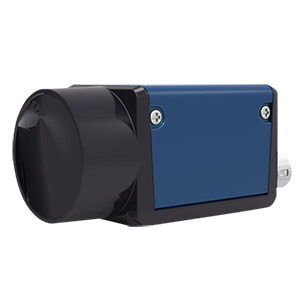

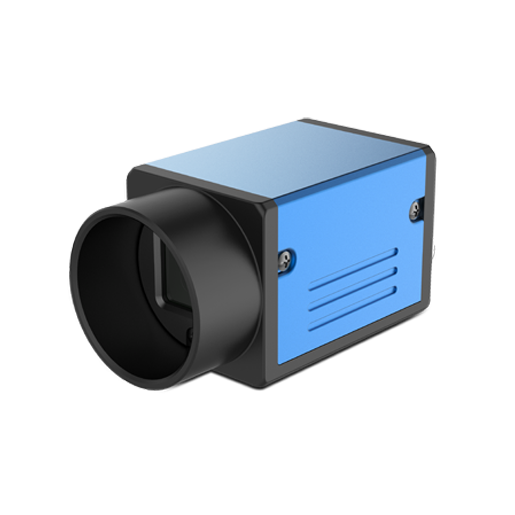
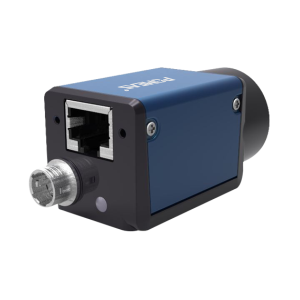
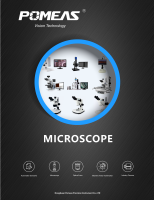
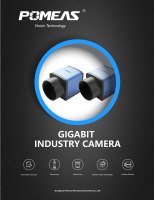

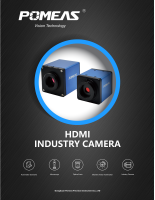
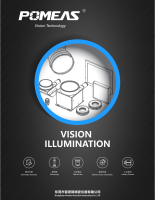
 ASK POMEAS
ASK POMEAS  PRICE INQUIRY
PRICE INQUIRY  REQUEST DEMO/TEST
REQUEST DEMO/TEST  FREE TRIAL UNIT
FREE TRIAL UNIT  ACCURATE SELECTION
ACCURATE SELECTION  ADDRESS
ADDRESS Tel:+ 86-0769-2266 0867
Tel:+ 86-0769-2266 0867 Fax:+ 86-0769-2266 0867
Fax:+ 86-0769-2266 0867 E-mail:marketing@pomeas.com
E-mail:marketing@pomeas.com
